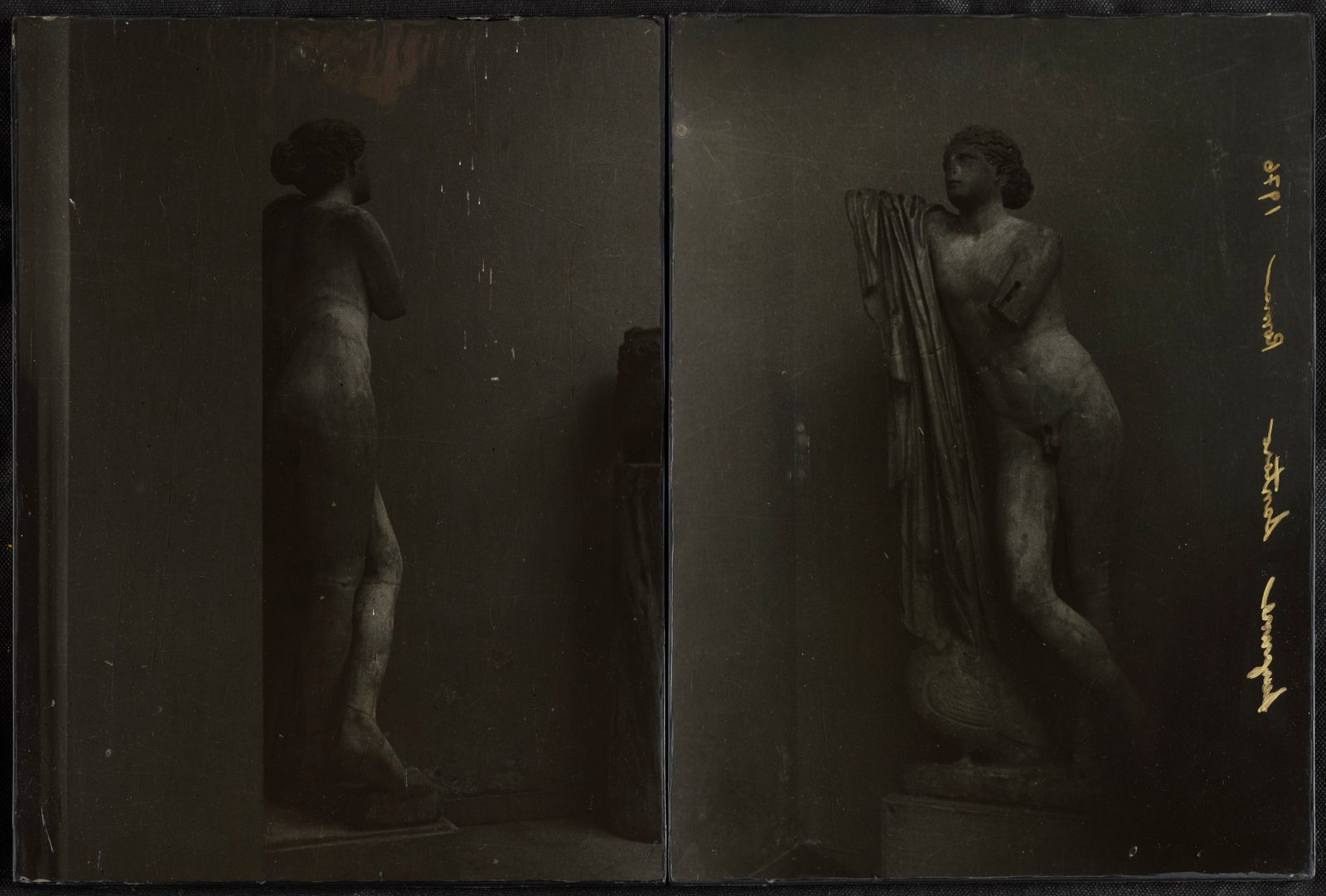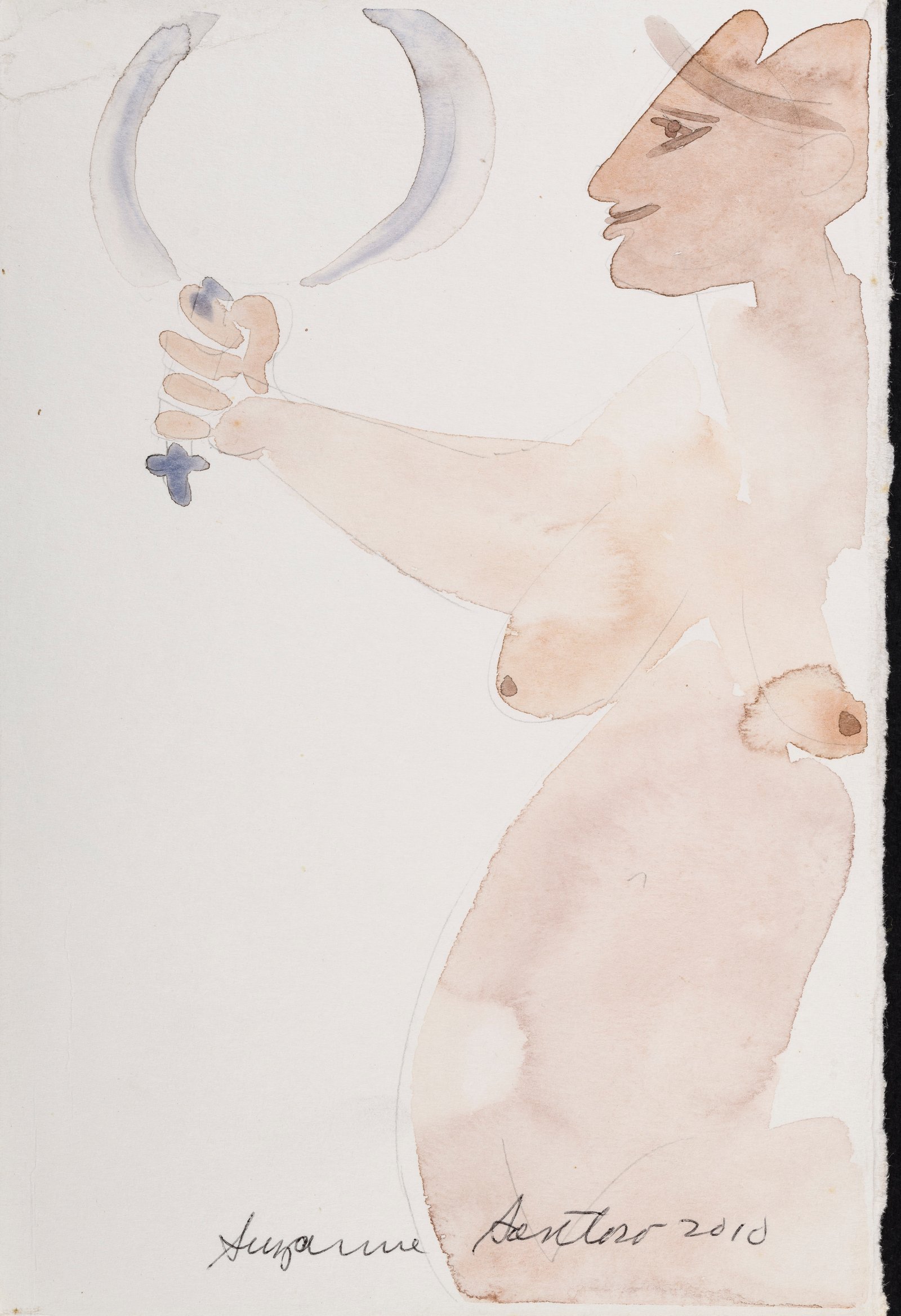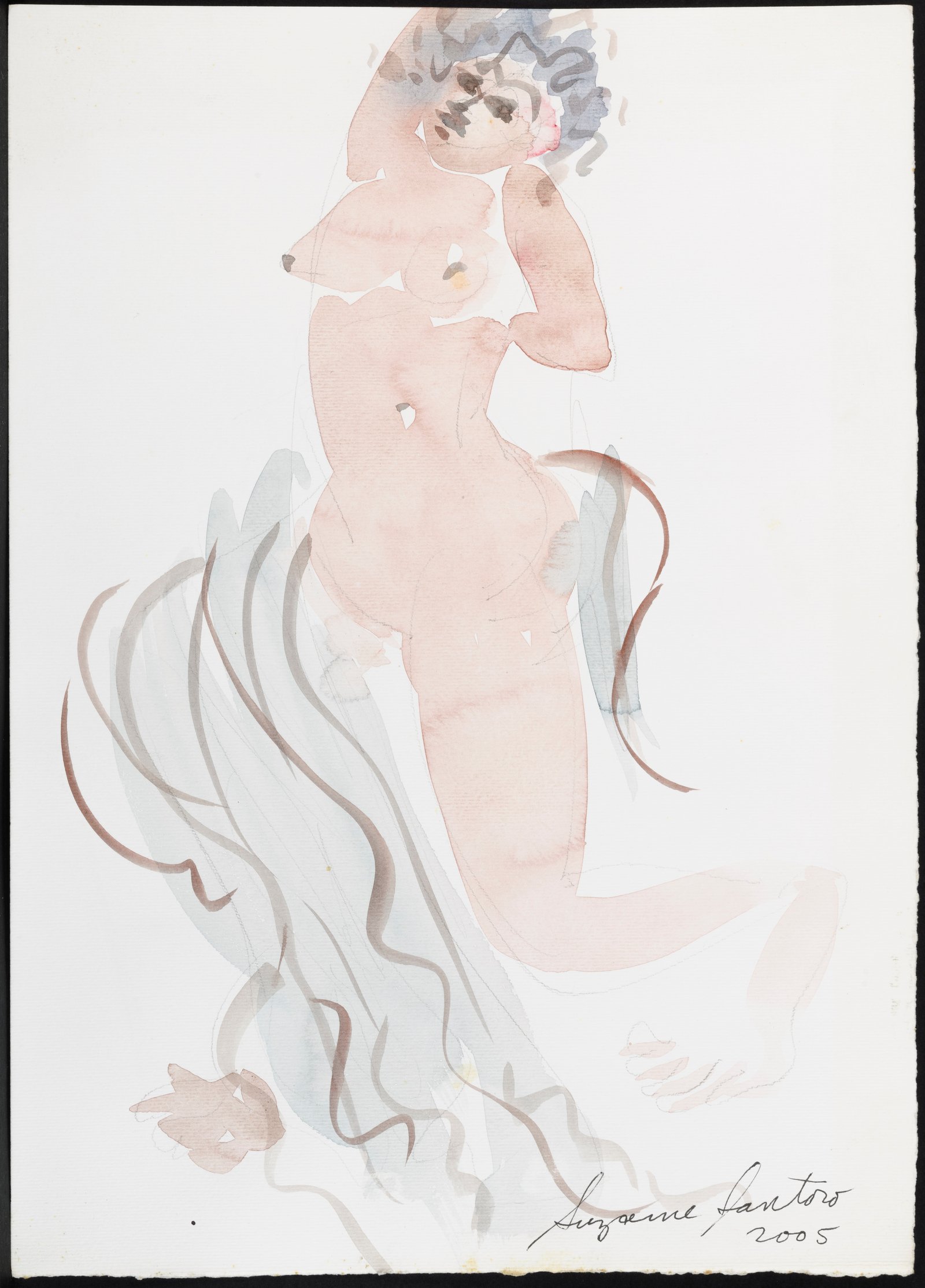Suzanne Santoro: Femaleness
Suzanne Santoro believes that art must infiltrate complex systems, taking over spaces that exploit the female body to subvert them.
Suzanne Santoro, 1946, Brooklyn New York, works and lives in Rome: ‘I paint because painting is a truly unique experience. It’s unlike any other form of art: painting lets you explore space, as if it were detached from time. Rothko taught me this.’ For Suzanne Santoro, a painting has never been a mere relic to be hung and forgotten. It’s a living space, one that breathes, evolves, and challenges. It’s an act of presence, a kind of resistance. Santoro doesn’t let herself be distracted by the ghosts of the past, but instead takes them by the hand. Her art is a continuous exploration, a language that evolves without ever fading away.
In the 1960s, Suzanne Santoro spent some time in Rome with Mark Rothko and his family, residing in a building nestled in the heart of the Ghetto. It was him, the artist of the great ‘color doors’, who made her realize that color can create emotional spaces that defy the logic of time. She left New York, and from that moment on, Rome, with its infinite layers of history and chaos, became her creative hub.

However, it was in the 1970’s that with the with the conceptual photographic series titled Black Mirrors that her art took a radical turn, thanks to her encounter with Carla Lonzi, a feminist and revolutionary art critic, and the Rivolta Femminile group. There was more than just a connection between the two. Lonzi argued that the vagina was a symbol to be protected, not flaunted. ‘Carla considered the vagina a taboo, an untouchable symbol. It was as if she had already foreseen the neoliberal future: one day, someone would inevitably plaster the female sexual organ on T-shirts or lingerie advertisements,’ Suzanne Santoro reflects with a touch of irony.
This dialogue gives birth to an art form that oscillates between intimacy and political resistance. The Black Mirrors with their layer of polyester resin mirror finish on top of black and white photographs, in later years then, drawing, watercolour, and tempera are the perfect mediums for these processes: unpredictable, like a living skin that expands and retracts. The female body reclaims its own, freeing itself from the constraints of idealization and voyeurism.
The women who inhabit her works are neither Botticellian Venuses nor Willendorf Venuses. In short, they’re not static. They are complex, strong, and vulnerable figures. They don’t seek admiration, but rather recognition. Suzanne Santoro seems to be saying, ‘I’m not looking for perfection. I strive for authenticity, even if it means embracing contradiction and incompleteness.’

Suzanne Santoro’s work is deeply rooted in the theories of perception. Maurice Merleau-Ponty wrote that painting unveiled ‘the flesh of the world’ through the senses. Santoro brings this reflection into the digital age, where the body is reduced to a mere simulacrum. Her watercolors urge us ‘to truly perceive’ what is hidden by the saturation of images.
Her art transcends the confines of the gallery. She recently collaborated with Dior for the Fall 2024 fashion show at the Brooklyn Museum in New York. One of her designs was reworked by the Claire Fontaine collective, resulting in a neon piece featuring female hands joined together to form the symbol of the vagina. This symbolic gesture, a nod to the feminist protests of the 1970s, dominated the show’s scenography. When I ask her if she finds it contradictory for a feminist artist to collaborate with fashion, an industry often criticized for its stereotypical representation of women, she responds with a smile that already contains the answer.’
This is not a surrender, but a strategic move. Suzanne Santoro believes that art must infiltrate complex systems, taking over spaces that exploit the female body to subvert them from within. She emphasizes the need ‘to create openings in systems’, suggesting that transformation can also be achieved through dialogue with contradictory worlds.

In the wake of the #MeToo movement, which has exposed the connection between the cultural industry and the abuse of power, fashion can serve as a platform to redefine symbols. For Suzanne Santoro, being a feminist artist means constantly redefining the meaning of images, harnessing visual language to liberate the body from the logic of exploitation.
Suzanne Santoro constructs by deconstructing. Her painting is a metalinguistic reflection on the very spectacle of art. Guy Debord taught us that we live in a ‘society of the spectacle‘, where everything is reduced to a consumable image. Santoro defies this logic: she doesn’t create fetishes or icons, nor does she seek to impress. Her art invites us to something more subtle and revolutionary: a body that exists for itself, that doesn’t need to be observed, but simply needs to be. Painting the vagina not for educational purposes, but for epiphanic ones. First and foremost, for her own sake.
February 10, 2025
